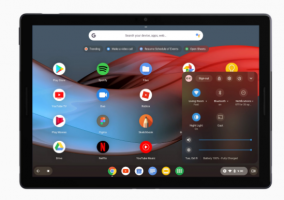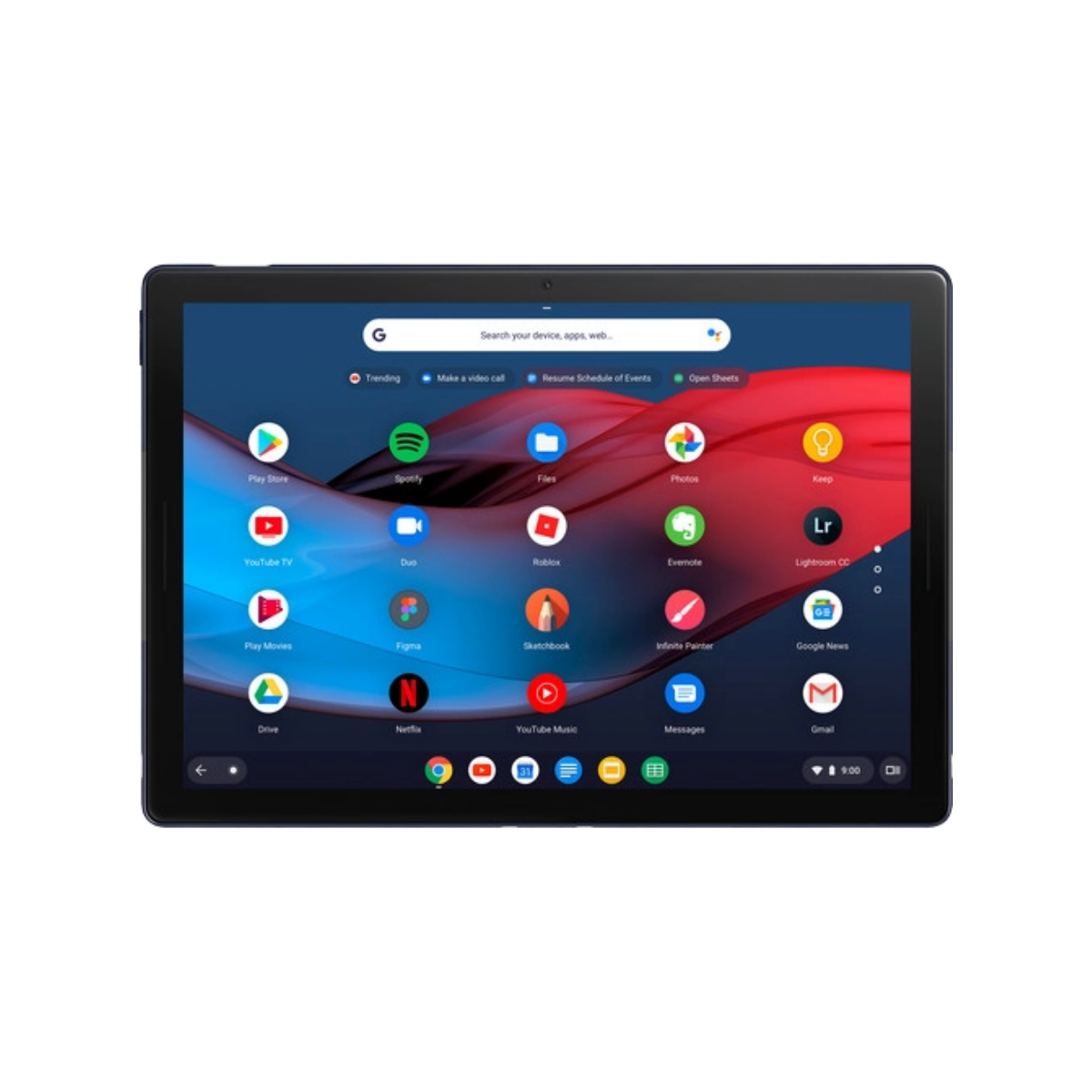


No amount of Chrome tabs brought it to a crawl. The Core i5 version tested handled everything you can do with Chrome OS with aplomb. Give it relatively powerful components and it absolutely flies. The point of Chrome OS is that it provides a good experience on cheap, low-end hardware. The model tested had a 1.3GHz Intel Core i5 (8200Y) processor, 8GB of RAM and 128GB of storage. There’s a USB-C port in either side of the machine, either of which can be used for charging or attaching any number of peripherals.
#Pixel slate m3 Bluetooth#
Processor: Intel Celeron or Core m3, i5 or i7 (8th generation Y-series)Ĭamera: 8MP front facing and 8MP rear cameraĬonnectivity: Wifi ac, Bluetooth 4.2, 2x USB-C The Pixel Slate is thin and light for a PC, but bigger and heavier than most media tablets.
#Pixel slate m3 pro#
The Google tablet weighs 726g, which is 50g lighter than the Surface Pro 6, but almost 100g heavier than the iPad Pro. The Pixel Slate is 7mm thick, which is 1.5mm thinner than Microsoft’s Surface Pro 6, but 1.1mm thicker than the new 12.9in Apple iPad Pro. The bottom of the tablet has a magnetic connector for slotting into the keyboard case, while the power button in the top left doubles as fingerprint scanner and works well. The screen’s Gorilla Glass 5 rounds off into an aluminium body, which feels comfortable to hold for extended periods.įlip the tablet over to find the dark blue aluminium back is oddly featureless, marked only by a subtle “G” logo in top left corner and a camera in the top right.

The front is filled with a crisp and beautiful 12.3in high-density LCD screen that’s as good as you’d find on top-end laptops.Ī relatively wide and uniform bezel frames the screen and houses a webcam in the top and a pair of fairly powerful stereo speakers in the left and right sides. On the outside the Pixel Slate is about as simple as tablets get. The Google G logo in the top left is one of the few distinguishing marks on the back of the tablet.


 0 kommentar(er)
0 kommentar(er)
